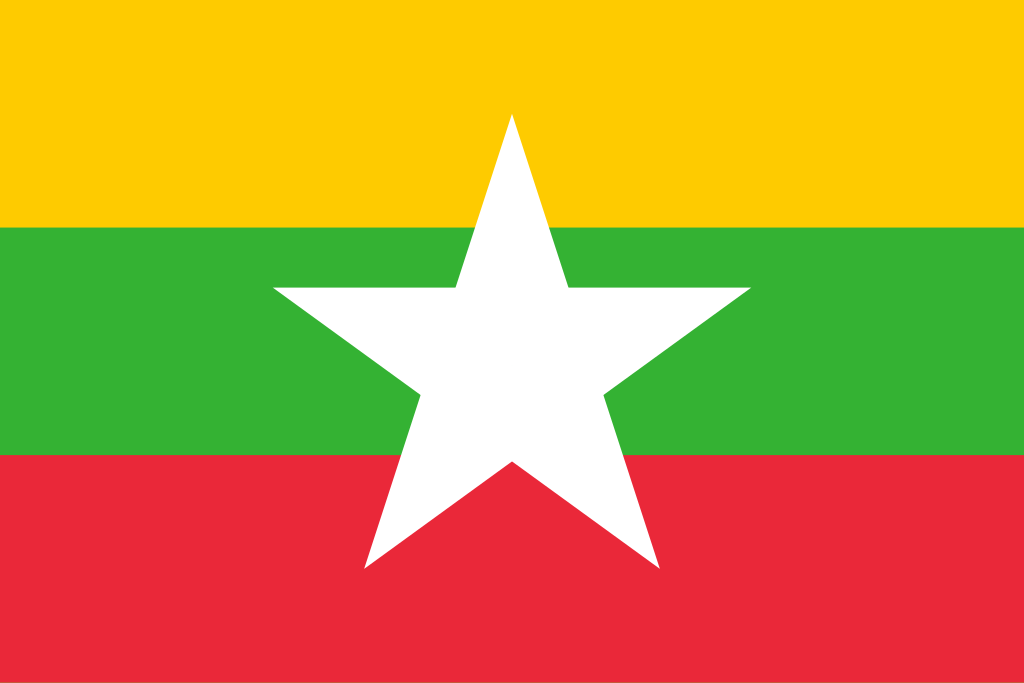The Significance of Customized Commercials for a Region-Specific Audience
In today’s competitive market, businesses are no longer limited by geographical boundaries. However, reaching a global audience effectively requires more than just translation—it demands customized commercials tailored for region-specific audiences. By incorporating local languages, cultural references, and consumer behaviors into advertisements, brands can establish stronger emotional connections and enhance engagement. Studies show that people are more likely to trust and respond positively to ads in their native language, making vernacular or multi-lingual advertising a crucial strategy for market expansion. Whether through digital platforms, TV, or print media, region-specific ads help businesses break language barriers, build brand loyalty, and boost conversions. Companies that prioritize localization not only increase their reach but also gain a competitive edge in diverse markets worldwide. Why Regional-Specific Advertising Matters Advertising is one of the most powerful tools in marketing. As businesses expand, multi-lingual and vernacular advertising has become essential in reaching local audiences. Many companies now prefer native-language advertisements to establish a deeper connection with their target customers. But what exactly are vernacular or multi-lingual ads, and why do they matter? Let’s find out. What Are Vernacular or Multi-Lingual Ads? Vernacular or multi-lingual advertisements use a language that is native to a region or country rather than a foreign language. These ads help businesses engage directly with their audience, leading to better brand recall and customer loyalty. 📊 Industry Insight:A study predicts that India’s vernacular content user base will reach 540 million, making up 75% of all internet users. Moreover, for 60% of these consumers, the lack of native-language content is a major barrier to adopting new products and services. This shows why localized advertising is crucial for businesses aiming to tap into non-English speaking markets. Examples of Successful Multi-Lingual Advertising Amazon – ‘Aur Dikhao’ Campaign When Amazon entered the Indian market, it faced tough competition from Flipkart. By launching its “Aur Dikhao” (Show Me More) campaign, Amazon successfully captured the interest of native-language speakers, leading to higher engagement and sales. Lufthansa – ‘More Indian Than You Think’ Lufthansa’s “More Indian Than You Think” campaign, featuring a multi-lingual responsive microsite, increased Indian passenger growth by 30%. WhatsApp – Vernacular Language Support WhatsApp adapted to the regional-language trend by allowing over 200 million Indian users to change the app’s language to their native tongue. This move strengthened its user base and improved customer engagement. Importance of Multi-Lingual Advertisements for Region-Specific Audiences 1. Expanding Market Reach According to a Google-KPMG report, the number of online regional language speakers in India is expected to surpass 76 million within five years. Businesses using multi-lingual ads will be able to reach a wider audience, increasing brand awareness and sales. 2. Building Emotional Connections Native-language ads resonate better with local audiences because they reflect regional beliefs, values, and cultural nuances. This leads to:✅ Higher customer trust✅ Stronger brand recall✅ Long-lasting consumer relationships Using vernacular languages in advertisements ensures that your brand’s message is understood and remembered by the target audience. H2: Final Thoughts As businesses aim to expand globally, vernacular advertising has become a key strategy for brands looking to engage diverse linguistic and cultural communities. However, improper execution can lead to miscommunication, affecting brand perception. 📢 Want to get your advertisements localized for a region-specific audience? We at Lingual Consultancy offer expert translation and localization services to help your brand break language barriers and reach global markets effectively. 📧 Email: [email protected]
The Significance of Customized Commercials for a Region-Specific Audience Read More »












